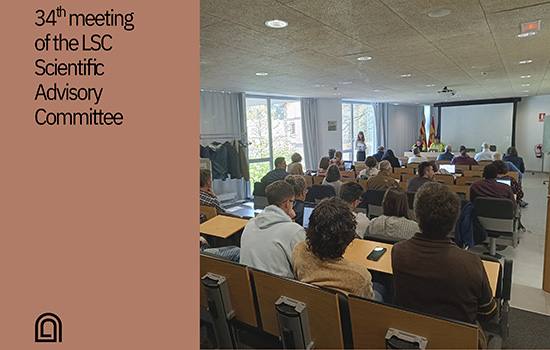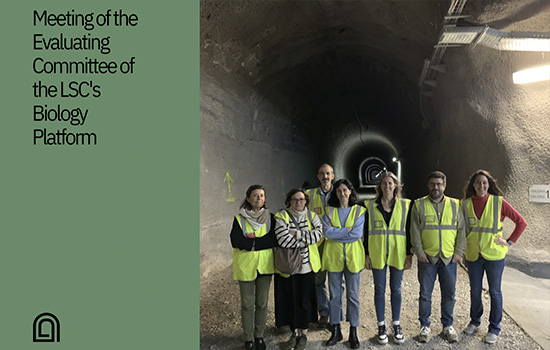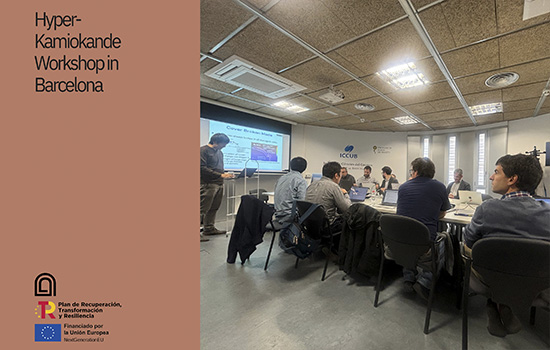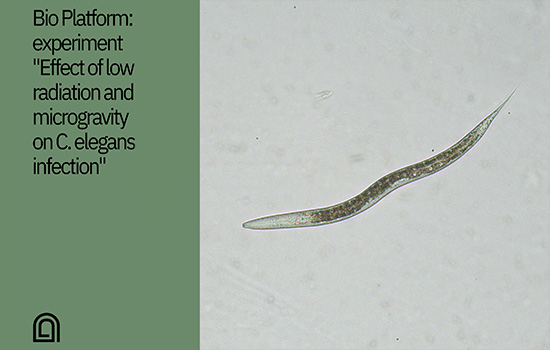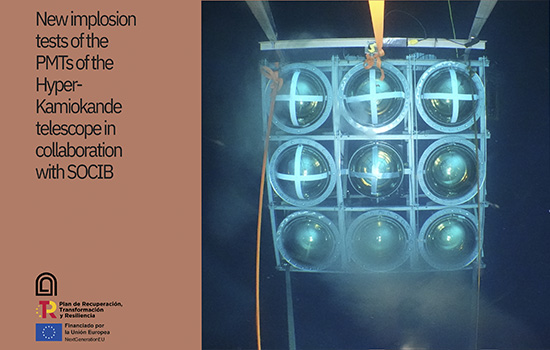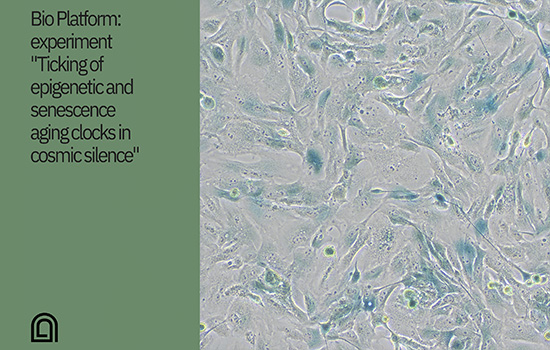New setup of DAMIC-M collaboration at LSC
Since last week, the LSC has a new cutting edge setup for reading scientific charge-coupled devices (CCDs) with an extraordinary capability: they can count electrons! This breakthrough brings us closer to the ambitious and fascinating goal of building a radio-purity service capable of detecting very low-energy radiation and the weakest signals. It is currently in the commissioning phase, where the equipment is being tested, but environmental background measurements are expected soon.



